888-354-0291
740-622-3307
111 North 14th St • PO Box 218 • Coshocton, OH 43812
- Capabilities
- Standard Products
 Cross Reference Guide
Cross Reference Guide- All-Nylon Suction Strainers
- Filler Breather – Bayonet Style
- Filler Breather – Threaded Style
- Flow Diffusers
- H7 Series Male Suction Strainers
- H7 Series Female Suction Strainers
- Hose Barb Tank Mount Suction Strainers
- Model “OS” 8.1″ Suction Strainers
- Model “OS” 5.9″ Suction Strainers
- Suction Strainers: NPT Tank Mount
- P7 Series Male Nylon Suction Strainers
- P7 Series Female Nylon Suction Strainers
- Pipe Mounted Suction Screens
- “PS” Suction Strainers for Water and Petroleum-Based Fluids
- SP Series Spin-On Hydraulic Filters
- Return Strainers
- SAE Tank Mount Suction Strainers
- Tank Accessories
- Tank Mount Diffusers
- Custom Products
- About
- Learning Center
- Contact

 Cross Reference Guide
Cross Reference Guide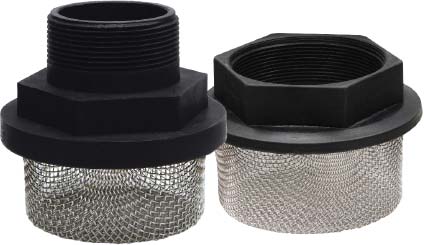
 How do you look at the way you approach your job and what you do throughout your day? Is it unrealistic to strive for perfection? Perfection means free of errors, faults, or mistakes. However, as long as a human has his or her hands in the mix, “mistake free” sometimes does not occur. Humans are not perfect. Humans make mistakes.
How do you look at the way you approach your job and what you do throughout your day? Is it unrealistic to strive for perfection? Perfection means free of errors, faults, or mistakes. However, as long as a human has his or her hands in the mix, “mistake free” sometimes does not occur. Humans are not perfect. Humans make mistakes.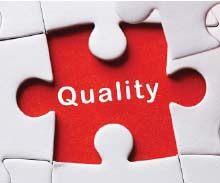 is the attitude taken to correct it and move on. OFCO constantly strives for excellence in hopes we can keep building relationships that stay glued by keeping our customers satisfied and remain a valuable partner in their business.
is the attitude taken to correct it and move on. OFCO constantly strives for excellence in hopes we can keep building relationships that stay glued by keeping our customers satisfied and remain a valuable partner in their business.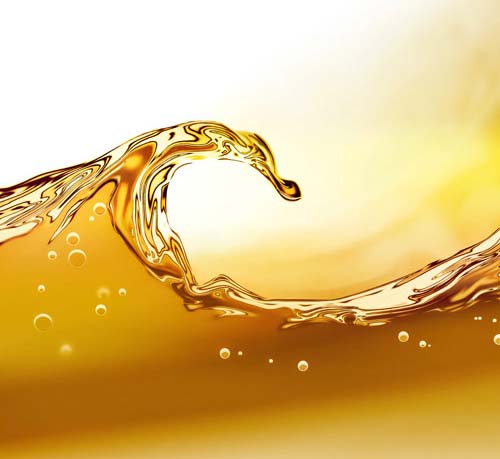
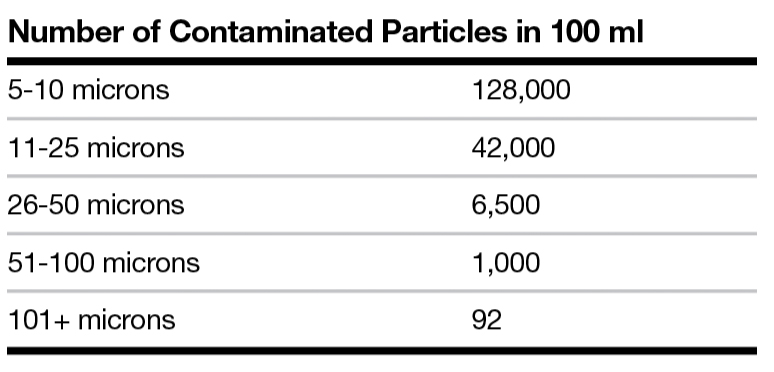
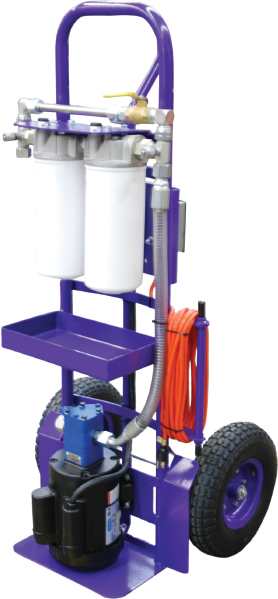 There are quite a few on the market today to help with this action. I would like to stop here for a moment to explain an important point regarding portable transfer systems.
There are quite a few on the market today to help with this action. I would like to stop here for a moment to explain an important point regarding portable transfer systems.